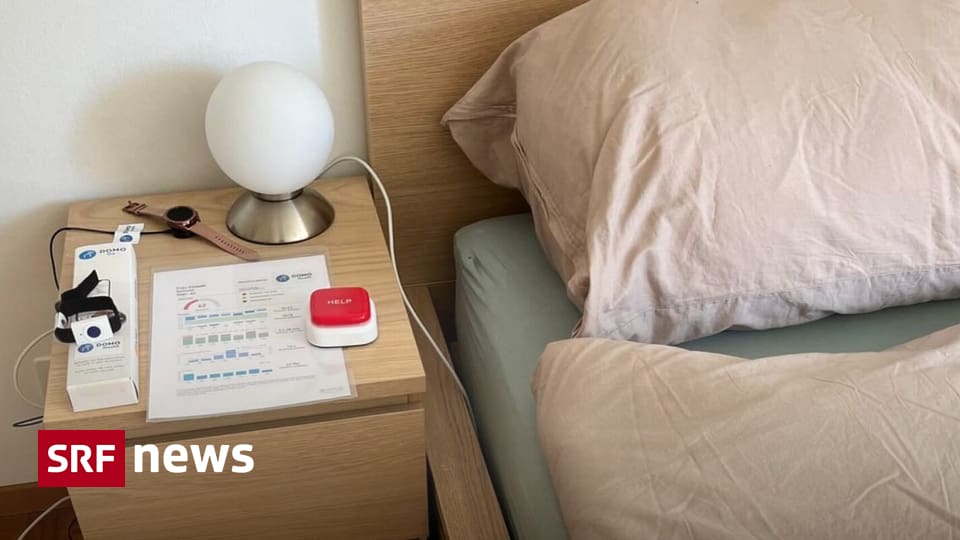Russia is trying everything to prevent the delivery of recovered Soviet weapons and vehicles to Ukraine. Pictured here on the right is the Soviet Multiple Rocket Launcher, the BM-30. Image: iStockphoto
Ukraine also uses old Soviet weapons for defense against Russia. Moscow now wants to stop their supply.
Julian Seiferth / T-Online
In its war of aggression against Ukraine, Russia is trying to cut off arms supplies to Kiev. According to its own reports, the Kremlin is now making more efforts to stop the transfer of Soviet arms to Ukraine. The measures included revoking the licenses of foreign companies that repaired Soviet equipment. This is reported by the British magazine “Newsweek” among others.
Ukraine operates modernized Soviet BM-30s under the name Vilsa.Collection: www.imago-images.de
“Licenses of companies entitled to sell Russian military equipment [sowjetischer] “Repair production will be withdrawn, the supply of spare parts and components will be suspended, and other measures will be taken to prevent the illegal transfer of domestic weapons to Ukraine,” Dmitry Shukaev, director of Russia’s Service for Military-Technical Cooperation, told the state-run RIA Novosti news agency.
Shugayev: Deliveries “will be strictly monitored”
Russia has already revoked the licenses of several companies in Bulgaria and the Czech Republic to repair Soviet-designed military helicopters by 2022, Zhugayev explained. The Service for Military-Technical Cooperation “strictly” monitors the “unauthorized transfer” of Russian military equipment to other countries.
Russian efforts to halt arms supplies to Ukraine come at a critical time for Kremlin leader Vladimir Putin’s regime. The war of Russian aggression had now lasted two and a half years. At the same time, Ukraine recently launched an offensive in Russia’s Kursk region, with Ukrainian forces taking control of 74 settlements, according to Ukrainian President Volodymyr Zelensky.
Zelenskyj: “Transfer fund” for negotiations is growing
Transfer of Soviet arms to Ukraine is not a new phenomenon. A few weeks after the start of the war on February 24, 2022, the United States announced the delivery of Soviet-designed Mi-17 transport helicopters, originally designed for the Afghan army. At the time, US President Joe Biden said Ukraine would receive “artillery systems, artillery ammunition and armored personnel carriers”. He also approved the transfer of additional helicopters to Ukraine. The first of these helicopters reached the stricken country in May 2022.
The latest fighting in the Kursk region now presents new challenges for the Russian armed forces. After Kiev launched an armored offensive on August 6, Ukrainian troops managed to capture more territory in the Kursk region in a few days than Russia has captured in Ukraine since the beginning of the year. Suddenly Russia had to shift, at least partially, to the defensive.
According to an analysis by the Russian intelligence website Agentstvo, Ukrainian armed forces have captured 1,000 square kilometers in the Kursk region since the offensive began. Zelenskyj recently said in a video address that Ukrainian troops continue to advance and that the Ukrainian government’s “transfer fund” for negotiations with the Russians is growing.
Sources:
A Soviet fighter plane crashes at an air show in Michigan
Video: Watson
You may also be interested in:

“Wannabe pop culture fanatic. Zombie advocate. Entrepreneur. Internet evangelist. Alcohol fanatic. Typical travel buff.”






More Stories
Choosing the Right Quality Management Software for Your Industry
If guests bring items: Can shower gel be packed from the hotel?
Digital Technologies for the Elderly: Increasing Aging at Home – News